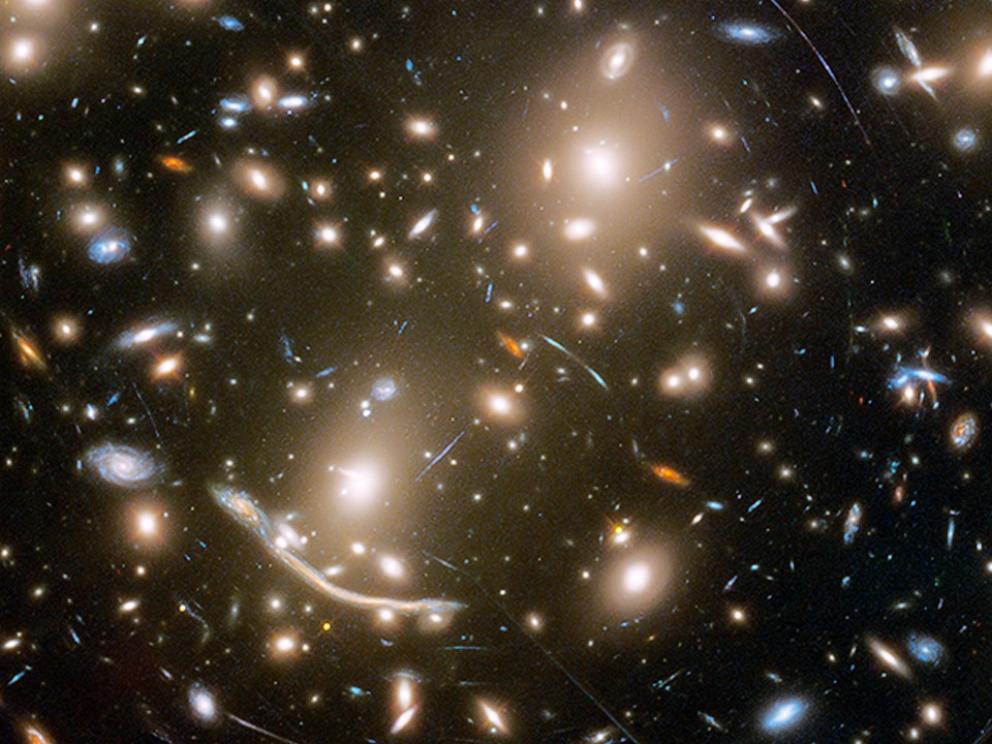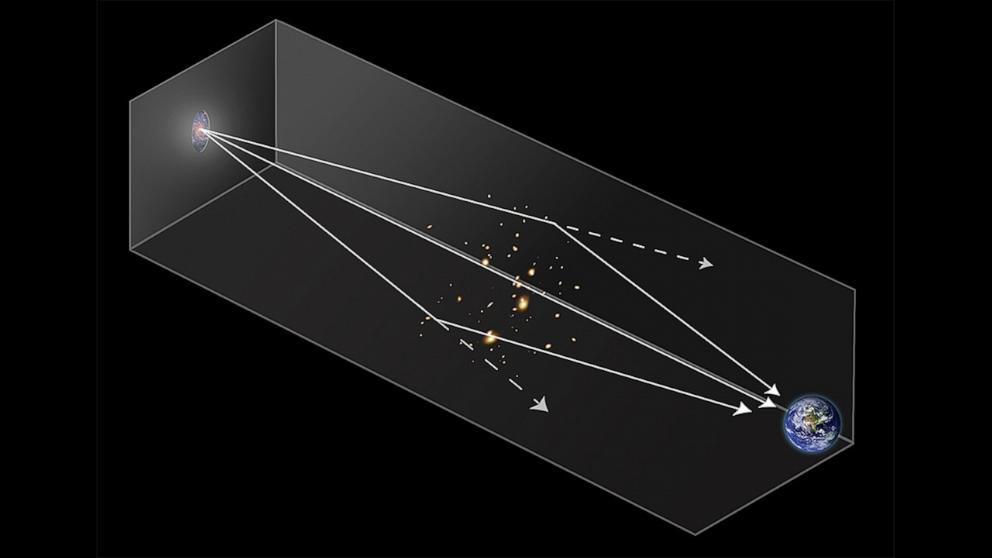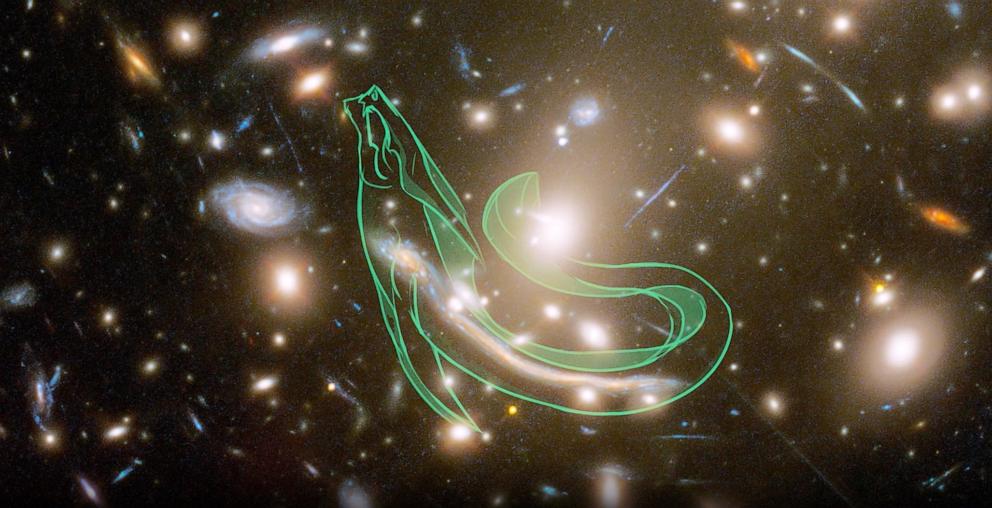The most powerful space-borne telescope has made history by discovering a record number of brand new stars in a far-off galaxy.
.
More: This is how close NASA’s Parker Solar Probe actually got to the sun
.
Here’s what happens when a massive cluster of galaxies produces a powerful gravitational field – it warps and stretches the light coming from even more distant galaxies positioned directly behind it, which NASA explains as appearing as if we’re looking through a super-powerful magnifying glass.

Astronomers were able to spot distant galaxies’ internal details by using gravitational magnification as a sort of powerful telescope. This allowed them to study the internal structures of the galaxies, which was a significant breakthrough that enabled them to identify individual stars within them, the paper notes.
Scientists refer to this phenomenon as the “Einstein Ring” due to a prediction made by the well-known physicist Albert Einstein as part of his general theory of relativity.
Researchers spotted an unusual arc formation beyond galaxy Abell 370, dubbed the “Dragon Arc”, caused by the bending of light due to gravitational forces. They examined individual stars within it, discovering many are red supergiants, which are nearing the end of their lifespans.
A groundbreaking discovery has been made near the center of the Milky Way galaxy, where a binary star system was found orbiting a black hole, according to astrophysicists who say the find is nothing short of amazing.
New observations challenge previous findings that mostly indicated the presence of blue supergiants, some of the brightest stars in the night sky, as stated by the Center for Astrophysics.
In the Milky Way and nearby galaxies, like the Andromeda Galaxy, astronomers are able to see individual stars. However, galaxies that are billions of light-years away appear to be made up of a large, fuzzy mass due to their immense distance.
“Typically, galaxies that are really far away resemble a faint, indistinct glow to us,” said lead author Yoshinobu Fudamoto, an assistant professor at Chiba University in Japan, in a statement.

Finding individual stars halfway across the universe is “like trying to spot grains of dust inside the moon’s craters with just a pair of binoculars.” The discovery was an accidental one, as the astronomers were actually searching for a background galaxy when they stumbled upon the individual stars, notes Fengwu Sun, a postdoctoral researcher at the Center for Astrophysics and co-author of the study.
This major breakthrough shows that it’s finally possible to study the record of individual stars in a distant galaxy on a large scale,” Sun said. “We now have the ability to recognize and analyze stars that were previously beyond our reach.
According to scientists, there was once a vast ocean that existed on the moon and was possibly filled with molten lava, otherwise known as magma.
The James Webb Space Telescope was put into orbit on December 25, 2021, and is now about 1 million miles away from Earth. According to NASA, it is collecting data that will aid astronomers in investigating every stage of the universe’s history, from its origins in the Big Bang to the creation of planetary systems capable of supporting life.
.

The historic discovery made by the Webb telescope will enable astronomers in the future to delve into “one of the universe’s biggest unexplained phenomena – dark matter,” the Center for Astrophysics has stated.
Watching additional individual stars will also give us a clearer picture of dark matter in the particular areas of space around these galaxies and stars, due to the fact that we only had a limited number of stars to study previously.
Future observations with the Webb telescope are expected to reveal more highly magnified stars in the Dragon’s Eye galaxy, based on current predictions from the Center for Astrophysics.
